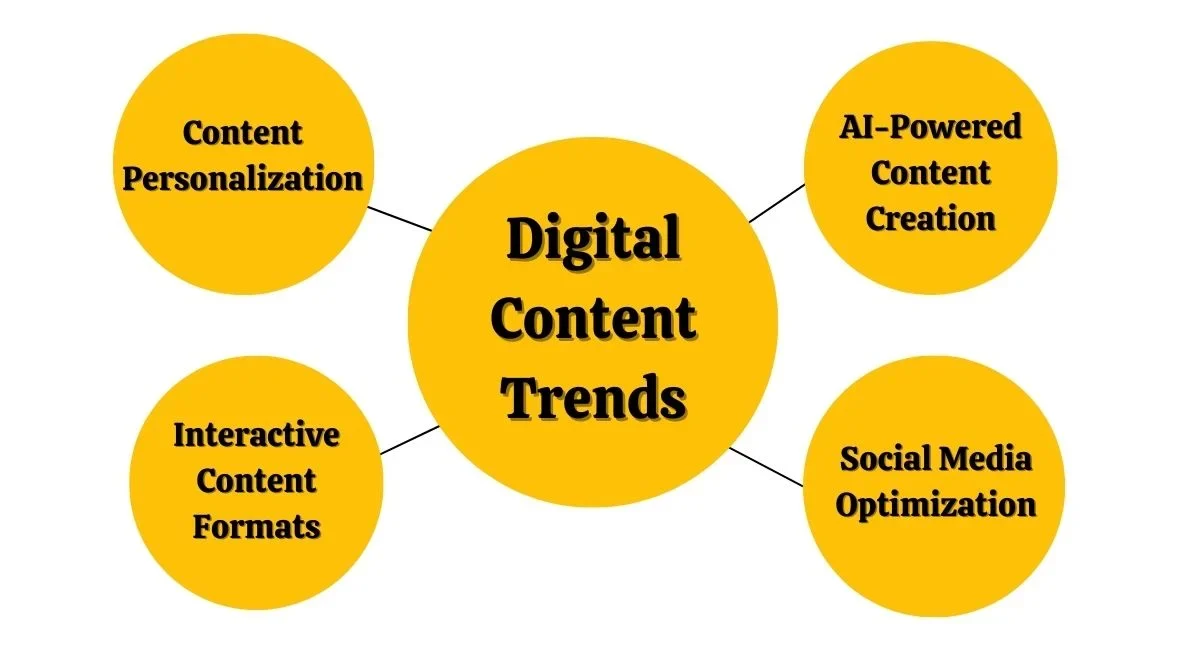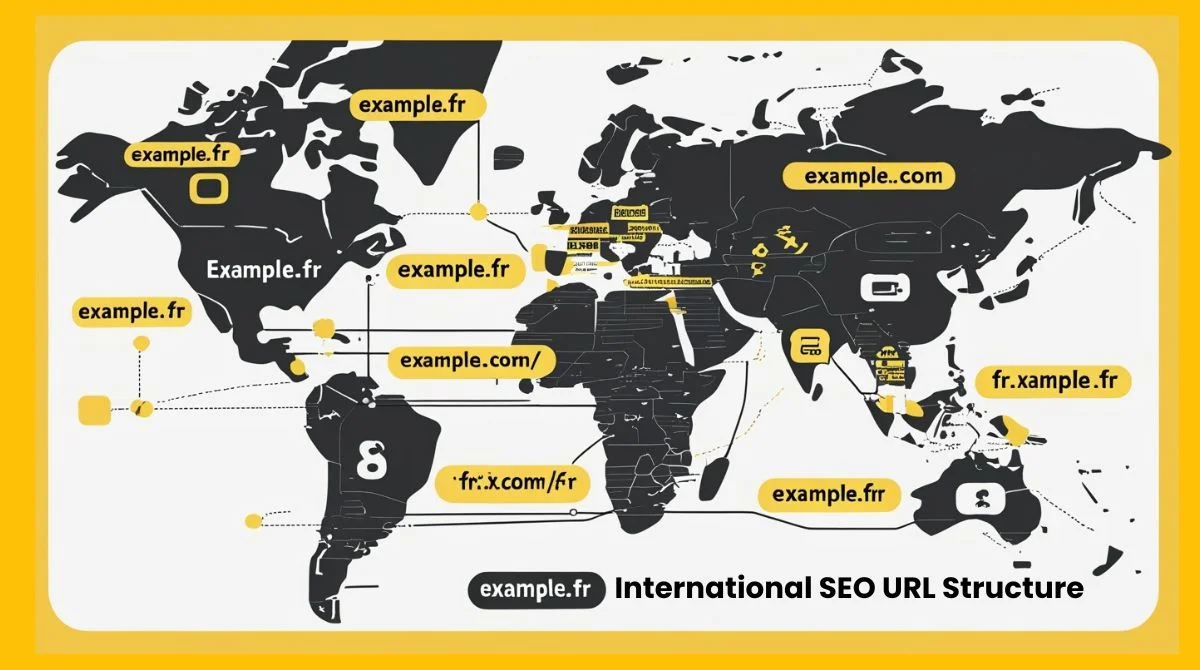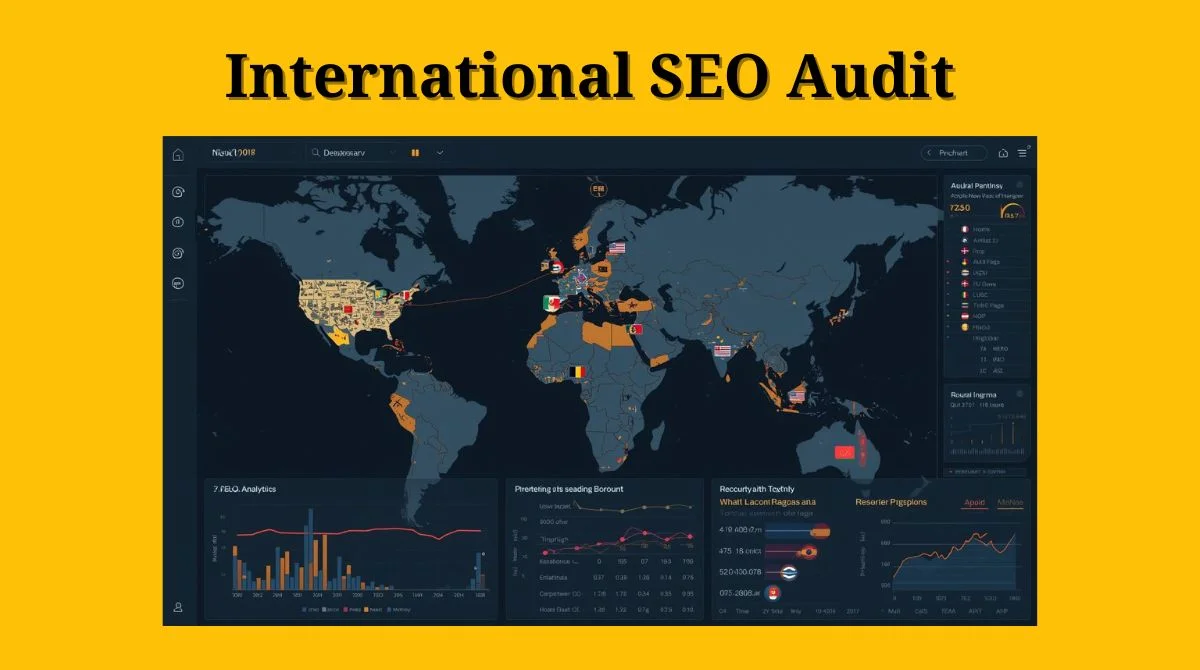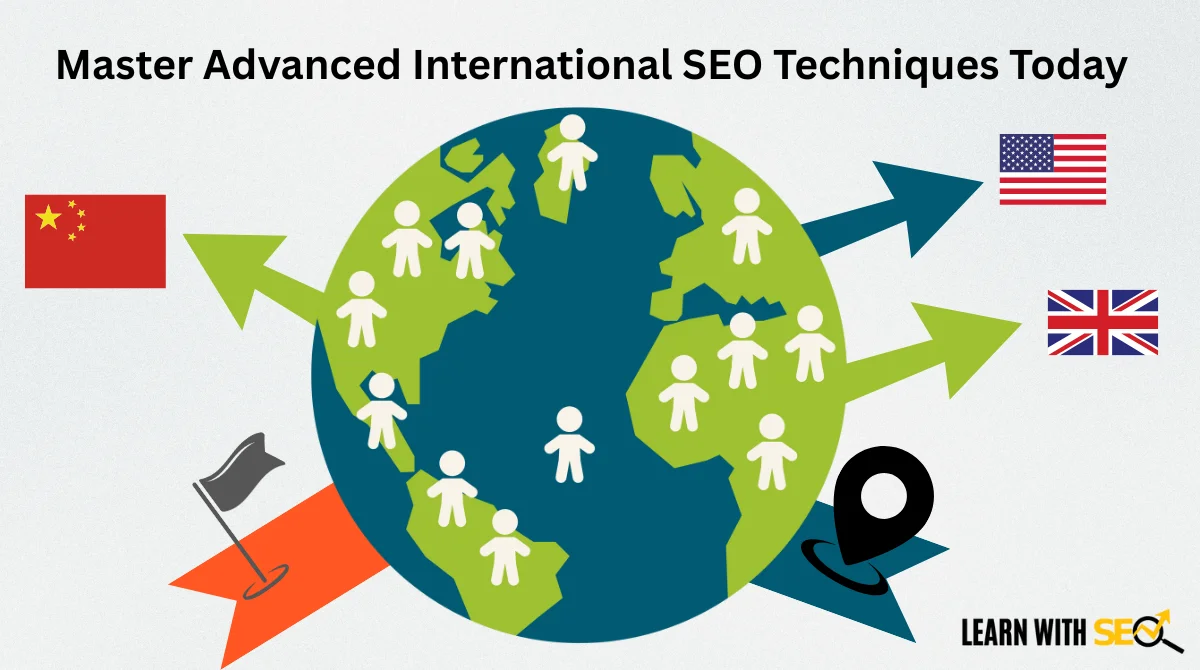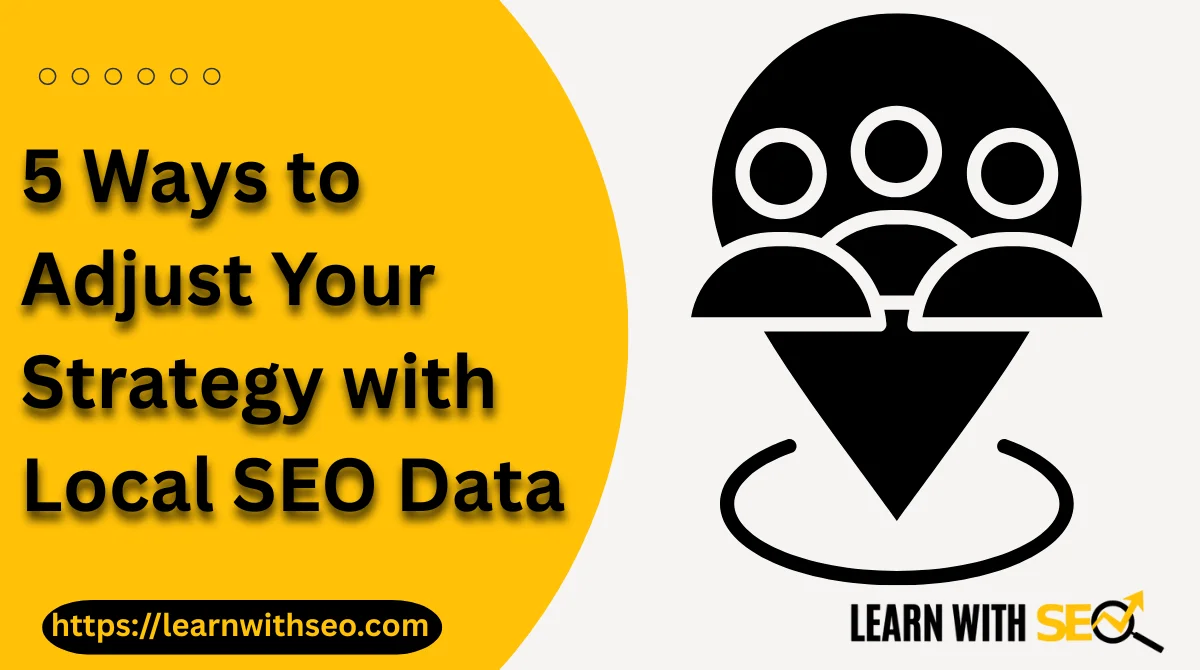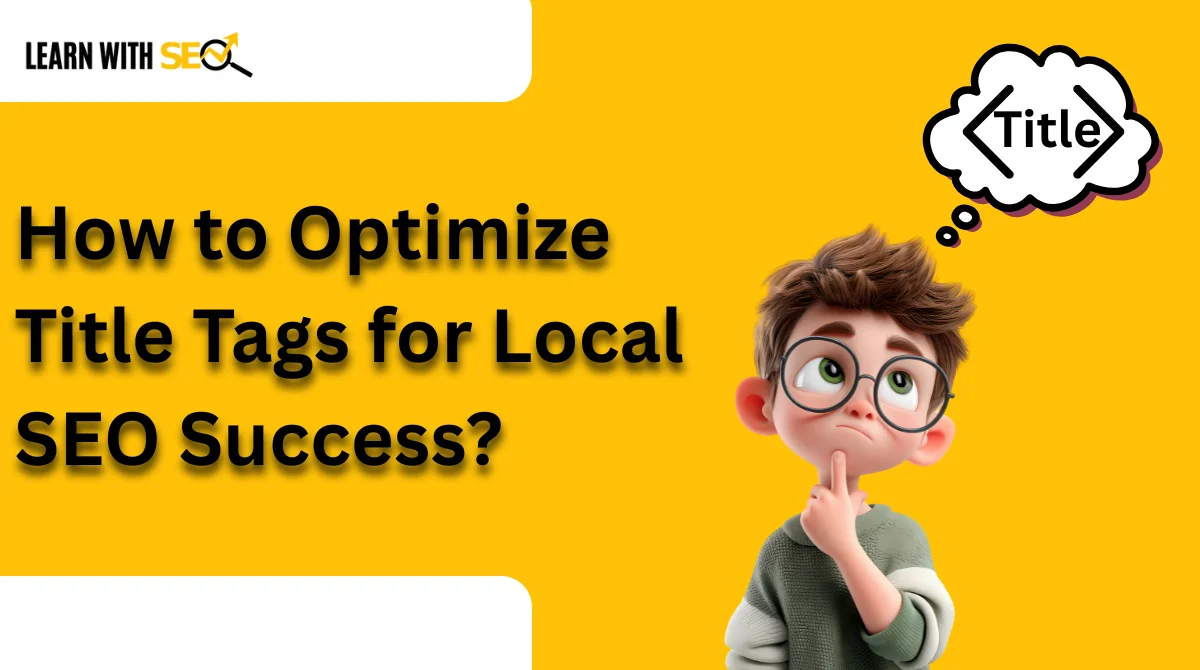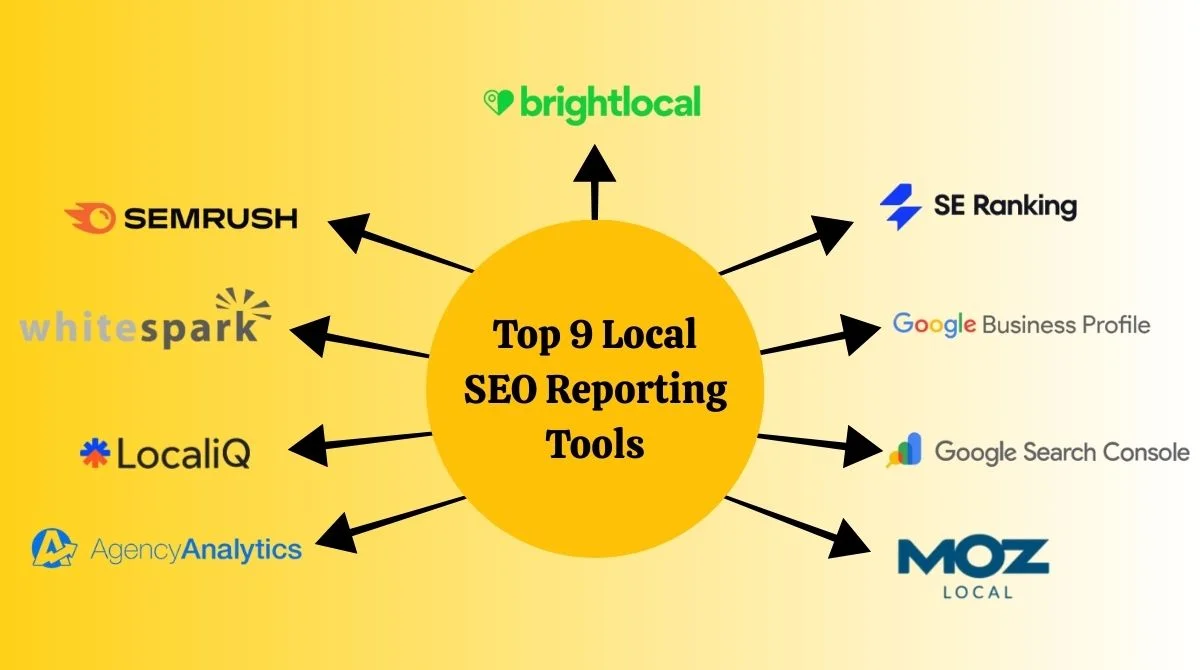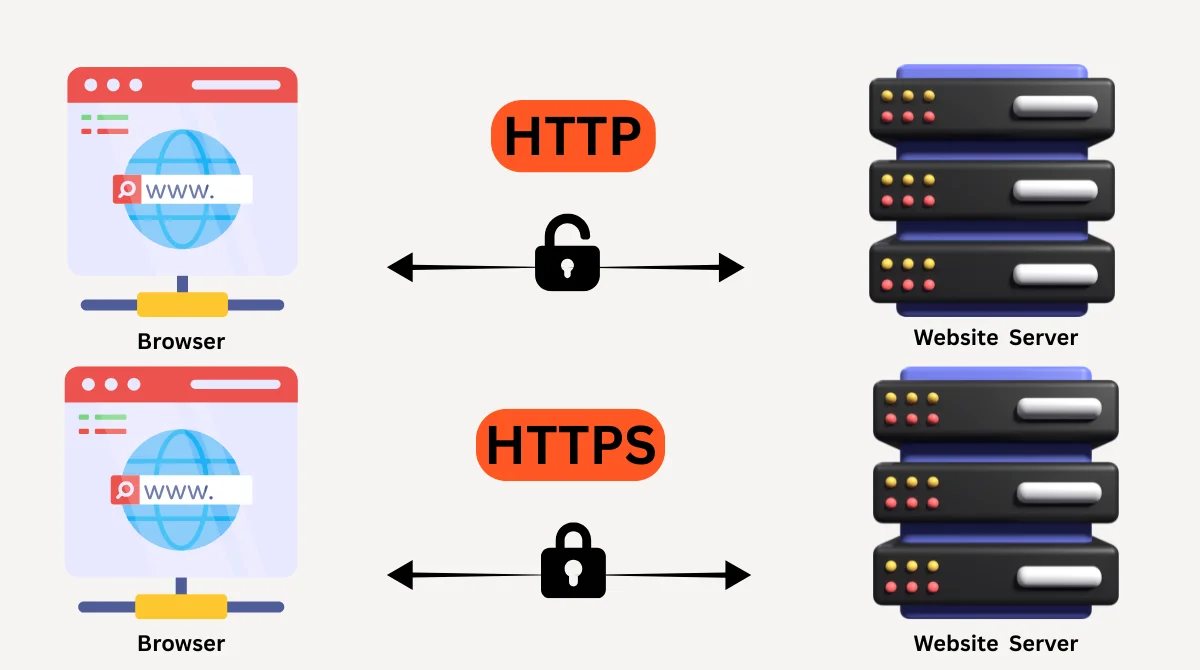Digital content trends change faster than ever before. Staying updated with these trends is crucial for business success. The pace of change can be relentless, making it crucial to anticipate upcoming trends to maintain a competitive advantage.
Why Digital Content Trends Matter?
Understanding digital content trends helps businesses connect with their audience better. These trends shape how people consume content online. They also determine what platforms and formats work best for engagement.
Companies that follow these trends tend to achieve better results. They get more website traffic, higher engagement rates, and increased sales. Missing these trends can leave your business behind its competitors.
Top Digital Content Trends for 2025
AI-Powered Content Creation
Artificial intelligence is transforming content creation. Generative AI is moving past text, allowing marketers to easily produce videos, music, 3D designs, and interactive content. It helps cut costs and save time effectively.
AI tools help create:
- Blog posts and articles.
- Social media content.
- Video scripts.
- Email campaigns.
- Product descriptions.
AI delivers faster production, cost savings, and personalized videos at scale, making it essential for modern content strategies.
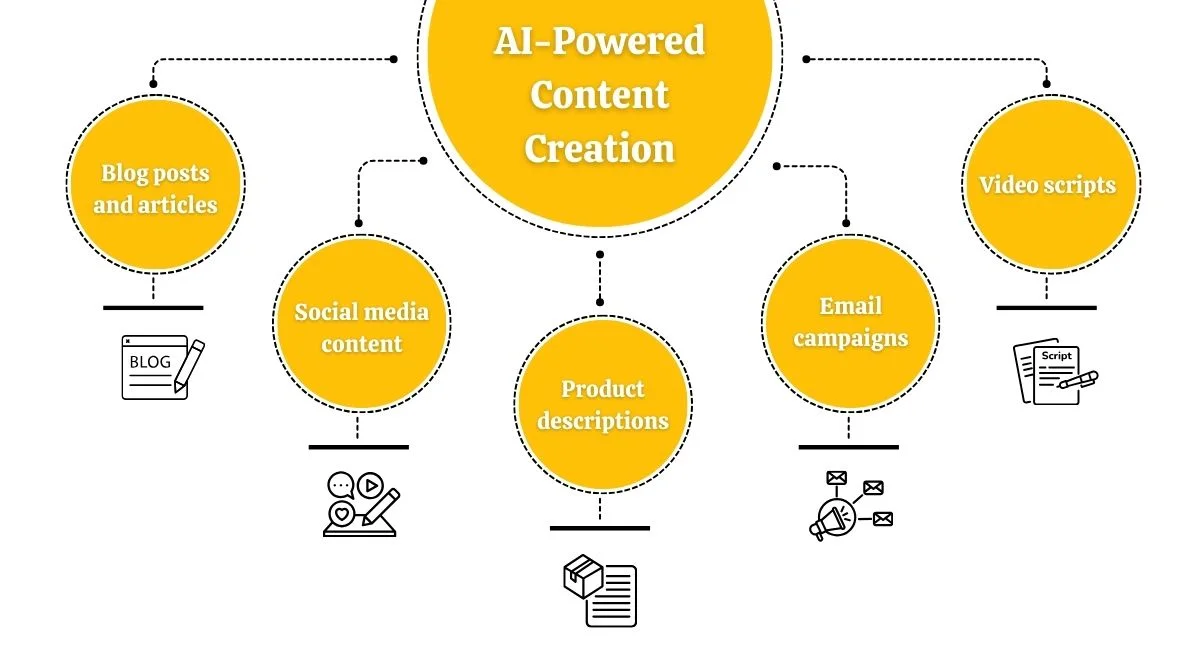
Short-Form Video Content
Short-form videos continue to dominate digital platforms. 21% of marketers say short-form video content delivers the best return-on-investment (ROI) in 2025. These videos typically last 90 seconds or less.
Popular platforms for short-form content include:
- TikTok.
- Instagram Reels.
- YouTube Shorts.
- LinkedIn video posts.
American adults spend an average of 58 minutes (nearly an hour) on TikTok every day, showing the massive reach potential of short-form content.
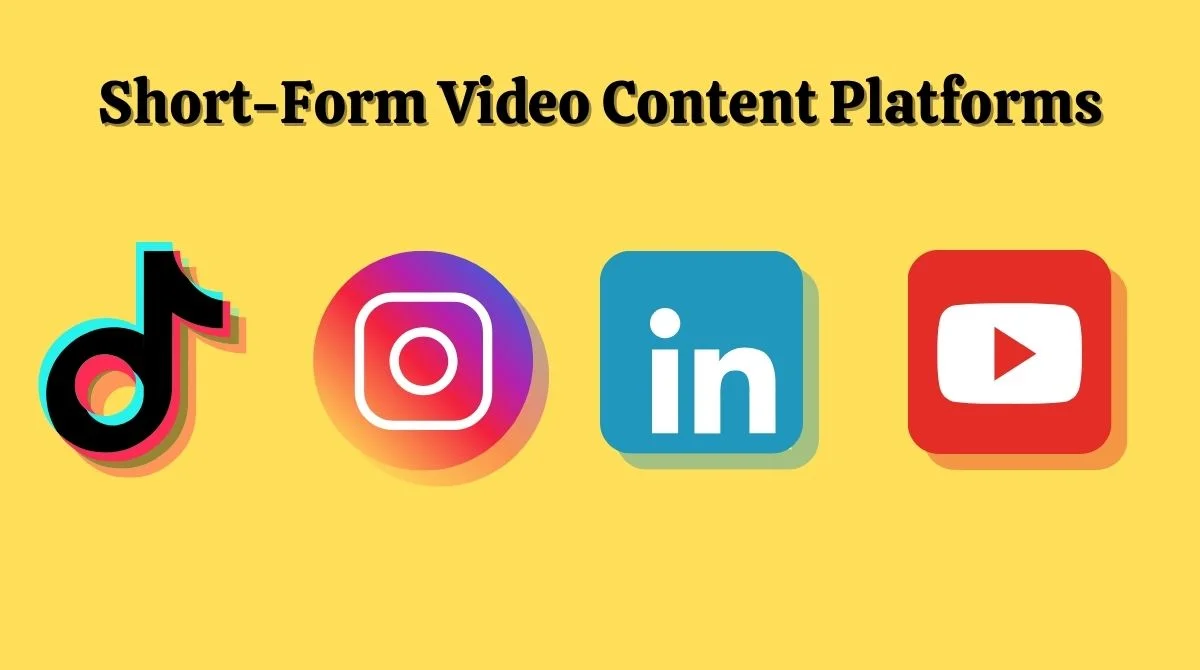
Video-First Content Strategy
Video content remains king in digital marketing. In 2025, video will continue to be a dominant force across all digital channels. Businesses are shifting to video-first approaches for better engagement.
Key video trends include:
- Live streaming events.
- Interactive video content.
- Behind-the-scenes footage.
- Educational tutorials.
- Product demonstrations.
The trend is shifting towards video-first podcasts, following the surge in audio podcast launches, creating new opportunities for content creators.

AI Video Generation
AI video creation tools are becoming mainstream. By 2025, around 40% of content marketers are expected to use blog-to-video tools. These tools turn written articles into engaging videos automatically.
Benefits of AI video generation:
- Faster content production.
- Lower production costs.
- Consistent quality output.
- Easy content repurposing.
- Scalable video creation.
Content Personalization
Personalized content performs better than generic content. AI helps create tailored experiences for different audience segments. This approach increases engagement and conversion rates.
Personalization strategies include:
- Dynamic content based on user behavior.
- Customized email campaigns.
- Targeted social media posts.
- Location-based content.
- Interest-specific recommendations.

Social Media Optimization
Social engine optimization and artificial intelligence optimization (AIO) are becoming essential skills. Content must be optimized for social platform algorithms.
Key optimization tactics:
- Platform-specific content formats.
- Optimal posting times.
- Trending hashtag usage.
- Community engagement.
- Cross-platform promotion.
Interactive Content Formats
Interactive content keeps audiences engaged longer. It encourages participation and creates memorable experiences. This type of content generates more shares and comments.
Popular interactive formats:
- Polls and surveys.
- Quizzes and assessments.
- Interactive infographics.
- Augmented reality filters.
- Clickable video content.
How to Implement These Trends?
Start with Audience Research
Understanding your audience is the first step. Know their preferences, behaviors, and content consumption habits. Use analytics tools to gather this data.
Research methods include:
- Website analytics.
- Social media insights.
- Customer surveys.
- Competitor analysis.
- Industry reports.
Choose the Right Platforms
Not every trend works on every platform. Select platforms where your audience spends most time. Focus your efforts on 2-3 platforms initially.
Platform considerations:
- Audience demographics.
- Content format preferences.
- Engagement rates.
- Algorithm requirements.
- Business objectives.
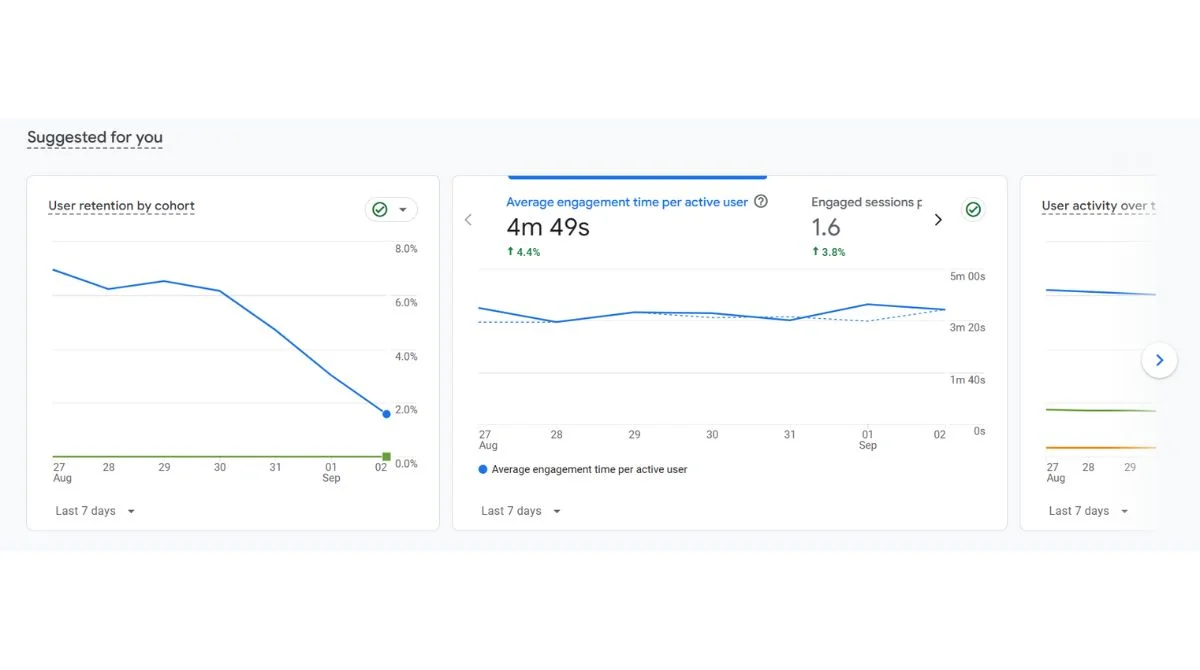
Create a Content Calendar
Plan your content strategy with a detailed calendar. Include different content types and formats. Schedule posts for optimal timing across platforms.
Calendar components:
- Content themes.
- Publishing schedule.
- Platform distribution.
- Performance tracking.
- Content repurposing plans.
Invest in the Right Tools
Use technology to streamline content creation. AI is helping video creation become quicker, more affordable, and easier to scale than ever before. Choose tools that match your budget and needs.
Essential tool categories:
- Content creation software.
- Social media management.
- Analytics platforms.
- Design tools.
- Video editing software.
Measure and Optimize
Track your content performance regularly. Globally, the top content metrics tracked are social media engagement and website engagement, both at 53%. Use data to improve your strategy continuously.
Key metrics to monitor:
- Engagement rates.
- Reach and impressions.
- Click-through rates.
- Conversion rates.
- Return on investment.
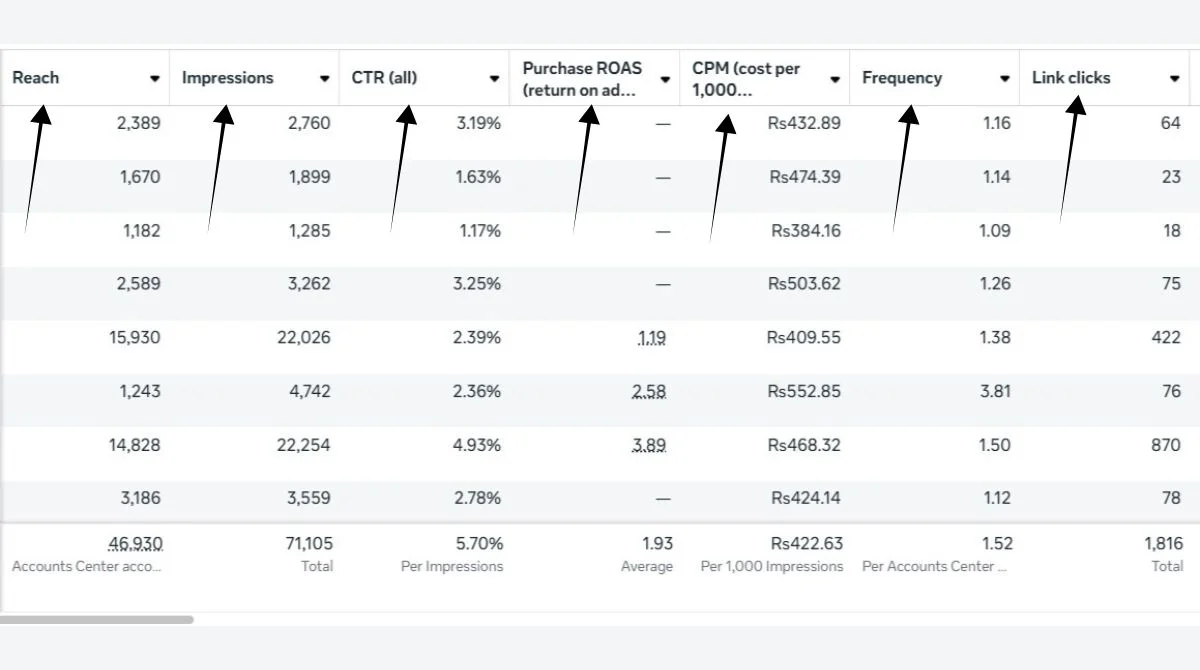
Content Distribution Strategies
Multi-Channel Approach
Distribute content across multiple channels for maximum reach. Adapt content format for each platform while maintaining consistent messaging.
Distribution channels:
- Website and blog.
- Social media platforms.
- Email newsletters.
- Video platforms.
- Podcast networks.
Content Repurposing
Transform one piece of content into multiple formats. This helps you get the most value from your content while appealing to different audience preferences.
Repurposing ideas:
- Blog posts to videos.
- Webinars to podcasts.
- Infographics to social posts.
- Videos to blog articles.
- Podcasts to social clips.
Staying Updated with Trends
Follow Industry Leaders
Stay connected with digital marketing experts and thought leaders. They share insights about emerging trends and best practices.
Ways to stay informed:
- Industry newsletters.
- Professional social media accounts.
- Marketing conferences.
- Webinars and workshops.
- Industry publications.
Test New Features Early
Try new platform features as soon as they launch. Early adopters often get better organic reach and engagement rates.
Testing approach:
- Start with small experiments.
- Monitor performance closely.
- Scale successful tests.
- Document learnings.
- Share insights with the team.
Monitor Competitor Activities
Keep an eye on what competitors are doing. Learn from their successes and mistakes. This helps identify new opportunities and threats.
Competitor analysis includes:
- Content strategies.
- Platform usage.
- Engagement tactics.
- Campaign performance.
- Innovation attempts.
Common Mistakes to Avoid
- Following Every Trend: Not every trend suits every business. Focus on trends that align with your audience and objectives. Quality over quantity always wins.
- Ignoring Data: Don’t make content decisions based on assumptions. Use data to guide your strategy and measure success accurately.
- Inconsistent Posting: Maintain regular posting schedules. Being consistent sets clear expectations for your audience and boosts algorithm performance.
- Overlooking Mobile Users: Most content consumption happens on mobile devices. Ensure all content is mobile-friendly and loads quickly.
- Neglecting Community Building: Content creation is just the beginning. Connect with your audience by responding to comments, direct messages, and joining community discussions.
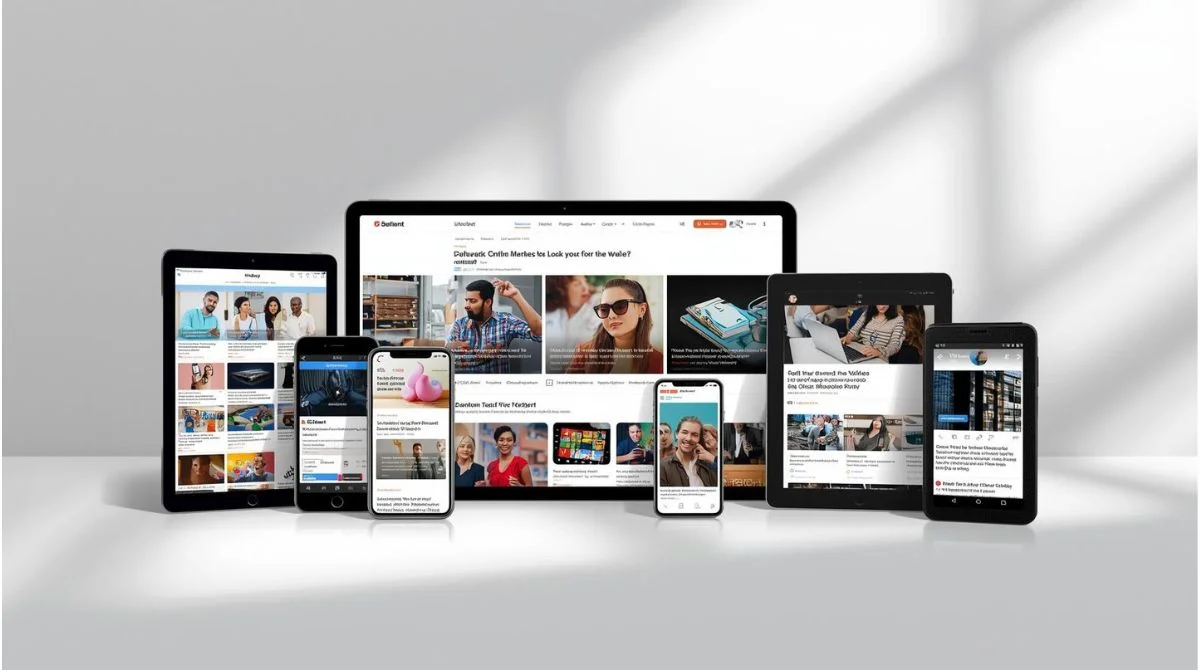
Future-Proofing Your Content Strategy
- Focus on Quality: High-quality content always performs better than quantity-focused approaches. Invest time in creating valuable, relevant content for your audience.
- Build Authentic Relationships: Genuine connections with your audience create long-term success. Genuine content fosters trust and long-term loyalty.
- Embrace Technology: Stay open to new technologies and tools. They can improve efficiency and content quality significantly.
- Continuous Learning: Digital trends evolve constantly. Commit to ongoing education and skill development to stay competitive.
Conclusion
Digital content trends shape how businesses connect with their audiences. Success comes from understanding your audience and implementing trends consistently. Prioritize producing meaningful content that truly meets your audience’s needs. Use AI and video trends to enhance your efforts while building authentic relationships. Start implementing these digital content trends today to build a stronger online presence tomorrow.

